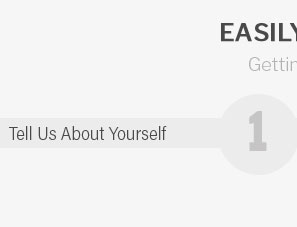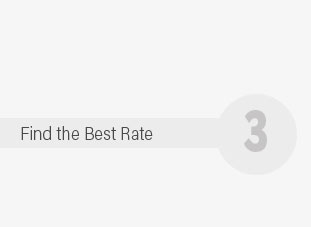 |
 |
 |
|---|
 |
 |
 |
 |
|---|
 |
 |
 |
 |
 |
 |
|---|

Define Whole Life Insurance: A Comprehensive OverviewWhole life insurance is a type of permanent life insurance that provides coverage for the insured's entire lifetime, as long as premiums are paid. It combines a death benefit with a savings component, offering both protection and a way to build cash value over time. Key Features of Whole Life InsurancePermanent CoverageOne of the most significant benefits of whole life insurance is its permanence. Unlike term life insurance, which only covers you for a specific period, whole life insurance remains in effect for the insured's entire life, provided the premiums are paid. Cash Value AccumulationWhole life insurance policies have a cash value component that grows over time. This feature allows policyholders to borrow against the cash value or even surrender the policy for cash if needed. Level PremiumsWith whole life insurance, premiums remain level for the life of the policy. This means that you pay the same amount every year, making it easier to budget for in the long term. Common Mistakes to Avoid
For those considering a shorter-term option, a 10 year life insurance policy might be worth exploring, as it offers coverage for a specific period with potentially lower premiums. Choosing the Right Whole Life Insurance Policy
For those interested in a specific kind of whole life policy, a 10 year whole life insurance option could offer a unique blend of benefits tailored to specific needs. Frequently Asked Questions
https://www.aflac.com/resources/life-insurance/how-does-whole-life-insurance-work.aspx
Whole life insurance is a permanent life insurance policy that offers a substantial death benefit to your loved ones when you pass away. A portion of each ... https://www.insurancebusinessmag.com/us/guides/what-is-whole-life-insurance-and-how-does-it-work-429115.aspx
Whole life insurance combines lifetime coverage with a cash value component that the life insured can access while they are still alive. https://www.trustage.com/learn/life-insurance/about-whole-life-insurance
Whole life insurance is permanent life insurance designed to last your whole life (just like the name says).
|
|---|